Alan Titchmarsh: How I grow dahlias — and why they're my second-most infallible plants
Gardener, writer and broadcaster Alan Titchmarsh has always loved dahlias — even in the days before they gained their current huge popularity. Here are his tips on how to get it right.

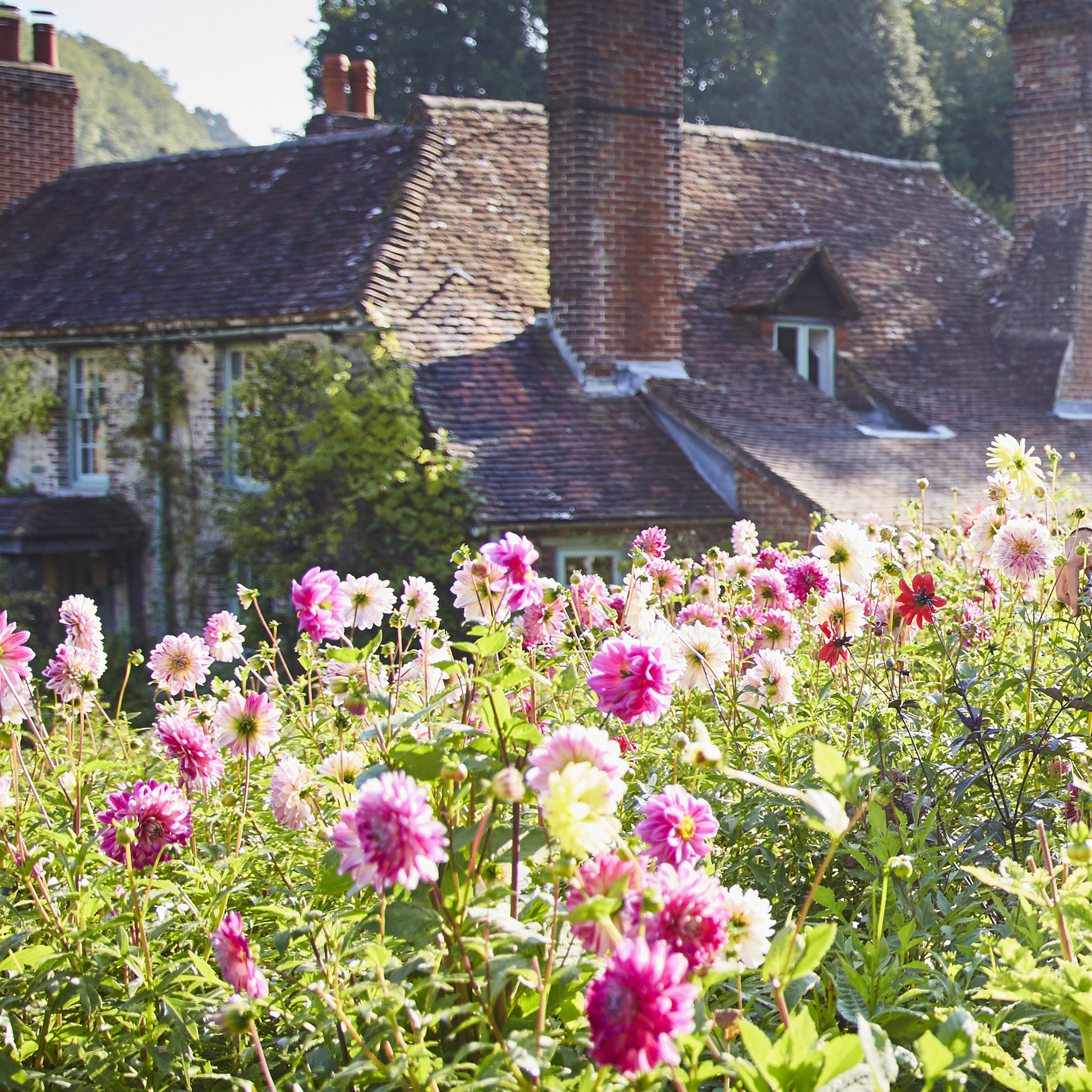
Floral fireworks What a dahlia! Ah-ha-ha! What a failure! Ah-ha-ha! Did you really think you could Cultivate it? Ah-ha-ha-ha-ha-ha!
I forget who penned that parody to Adele’s laughing song from Strauss the younger’s Die Fledermaus, but the words have stuck with me for years. Not only because they make me smile, but also because of their erroneous implication that dahlias are tricky.
They are not. Next to daffodil bulbs, they’re perhaps the most infallible of plants. Their contribution to the late-summer garden is inestimable.
Of course, there are those who think them common and coarse, but such gardeners are no doubt fans of what you might call a more Farrow & Ball palette of muted, tasteful pastel shades; vermilion and strident orange, lipstick pink and vibrant mixtures of purple and white in the same flower makes them wince.
Me? I’ve always loved dahlias, from my early teens in Yorkshire when, one April, I bought a dozen different varieties as rooted cuttings from a nurseryman in the next village. Yorkshire winters lasted longer then than they do now and I had to keep my treasures on top of an electric storage heater by the glazed front door until early June, when they could be planted in the garden without the risk of frost damage.
Many gardeners owe the opening of their eyes in terms of the dahlia’s praiseworthy qualities to the one-time Country Life contributor Christopher Lloyd, who gave us all a good shaking up in the 1980s by showing us, in his garden at Great Dixter, East Sussex, just what a shot in the arm such pops of colour can give to gardens — and gardeners.
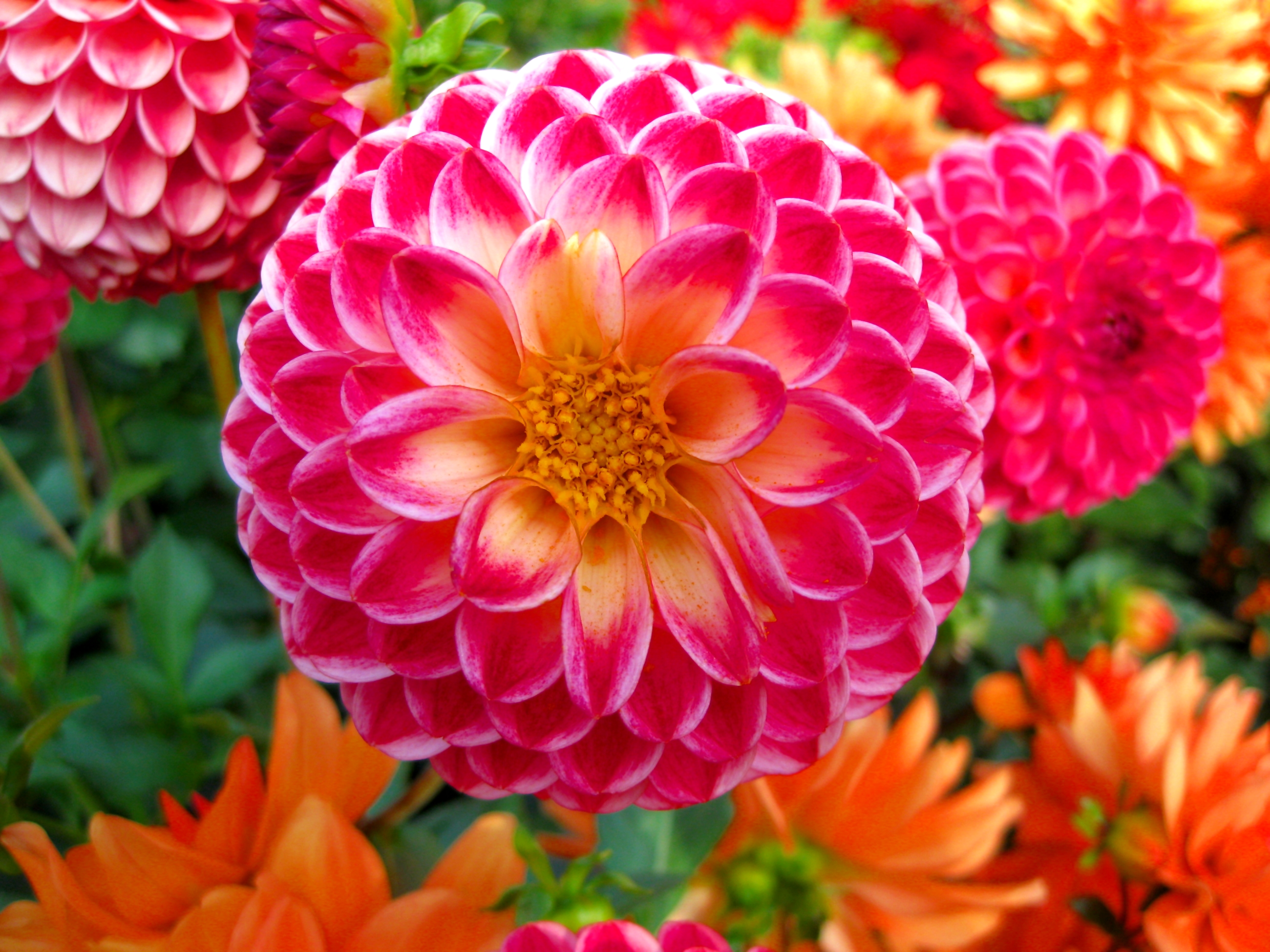
The first variety to become respectable was Bishop of Llandaff with its scarlet flowers and bronze foliage, but I must come clean and confess that I have never been a great fan of this variety. Muddy-coloured leaves (such as those found on that abhorrent shrub Physocarpus Diabolo) are not my cup of tea. Give me rich green foliage and an honest orange, crimson or bright yellow flower any time.
Exquisite houses, the beauty of Nature, and how to get the most from your life, straight to your inbox.
Spiky ‘cactus’ flowers, tight little pompons or fully double ‘decoratives’ are all enjoyed in my garden and are brilliant for cutting, as well as for garden decoration. Regular deadheading will keep them spruce and continuously in bloom.
Mine are planted out as dormant tubers at the beginning of May (having been kept — rather unceremoniously — in boxes, quite dry, underneath the bench in my frost-free potting shed, with labels tied around their stumps of dry stem to tell me their names come planting time. A 3ft-high rusted-steel stake with a bobble on the top marks the planting spot of each one and the stems are loosely tied in as they grow.
"I use them as floral fireworks and pension off at the end of the season only those whose colour combinations I find too riotous even for my broad tastes"
Bedding dahlias, being relatively low-growing, need no additional support, but those that rise to a yard or more will need help to stay upright. I prefer the look of my rusted steel ‘pins’ to traditional 1in-square wooden dahlia stakes that seem better suited to an allotment than an elegant mixed border.
And that is where the dahlias go — in gaps — with, to be honest, little thought to their colour.
I use them as floral fireworks and pension off at the end of the season only those whose colour combinations I find too riotous even for my broad tastes.
At home in Yorkshire during the 1960s, the first frosts of autumn would arrive in September. Now, in the soft south (where I have been doing missionary work for 50 years), the dahlias are often not blackened by the cold until November.
Considering that they start flowering in July, I reckon that five months of brilliance is ample recompense for the bother of lifting them, shaking off the soil, cutting them back and storing them in a frost-free place until planting time. (Gamblers can cut them down and cover the roots with a thick layer of mulch in the hope that this will prevent frost penetration and allow the tubers to survive and grow again the following spring.)
Come March or early April, stored tubers can be boxed up in potting compost and placed in a greenhouse where the additional warmth will produce shoots that can be taken as cuttings. They root with ease.
Alternatively, the tubers can be divided with a sharp knife — provided each has a bud or two at its top end — and started off under glass before being planted out in late May. That way, they will begin flowering even earlier than those committed to garden soil when still dormant.
Competitive gardeners can remove the two smaller buds at either side of the central flower on each stem to increase its size and make more of an impression at the village show.
As for myself, I’m simply happy to impress my friends and family with colourful beds and borders. It is, after all, important to differentiate between tastefulness... and cowardice.
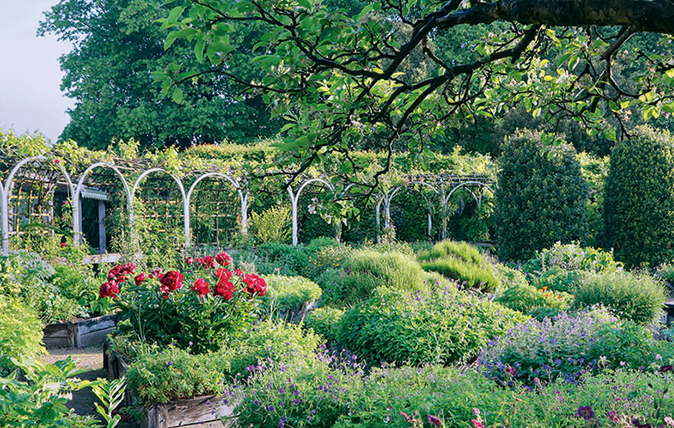
Alan Titchmarsh: The poetic pleasure of plant names
Our gardening expert on the days spent learning the names of some of the most obscure plants in Britain.
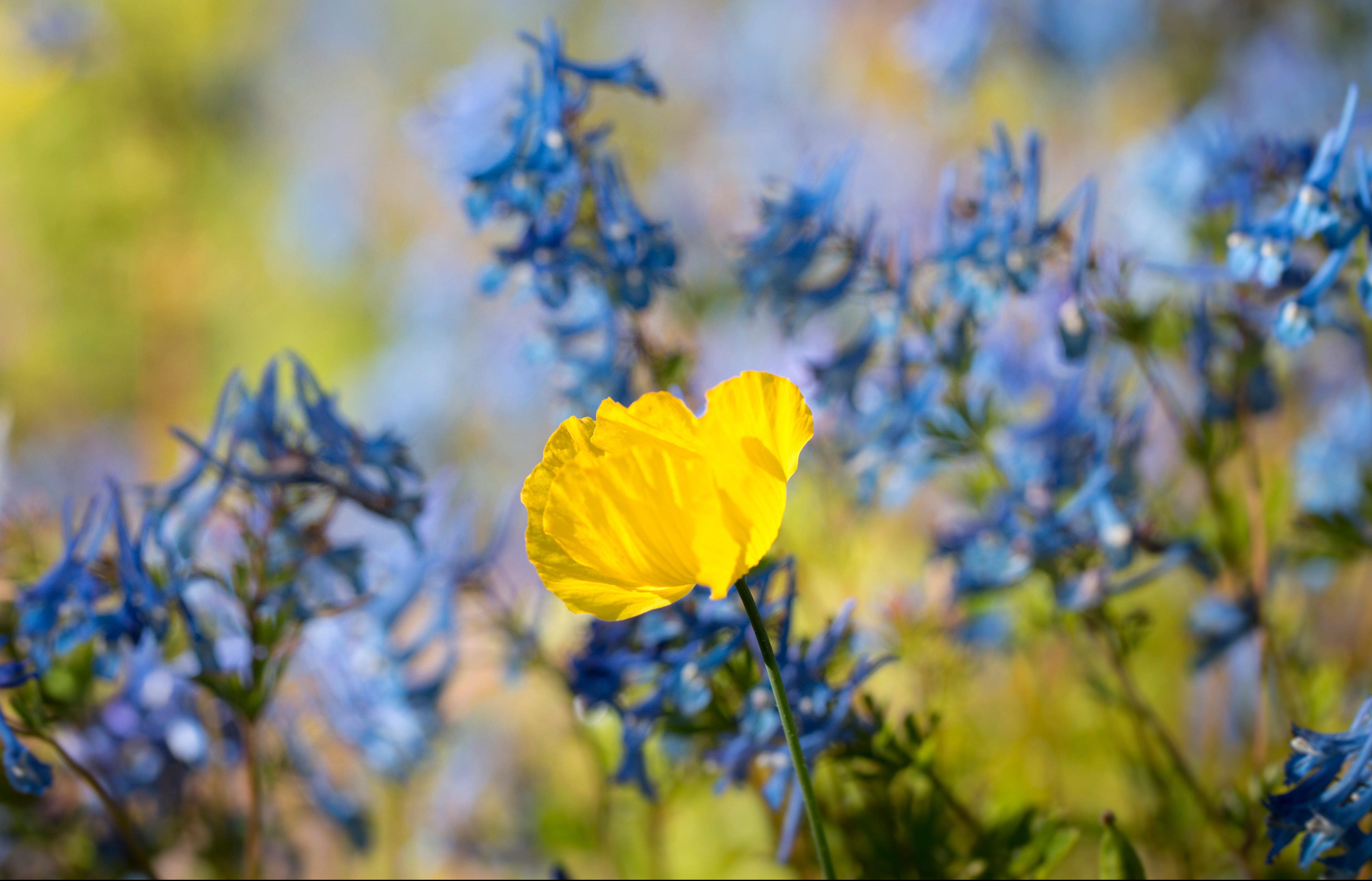
Alan Titchmarsh: The weeds I welcome with open arms
Our columnist Alan Titchmarsh used to spend hours ridding his garden of anything he hadn't planted himself. These days he
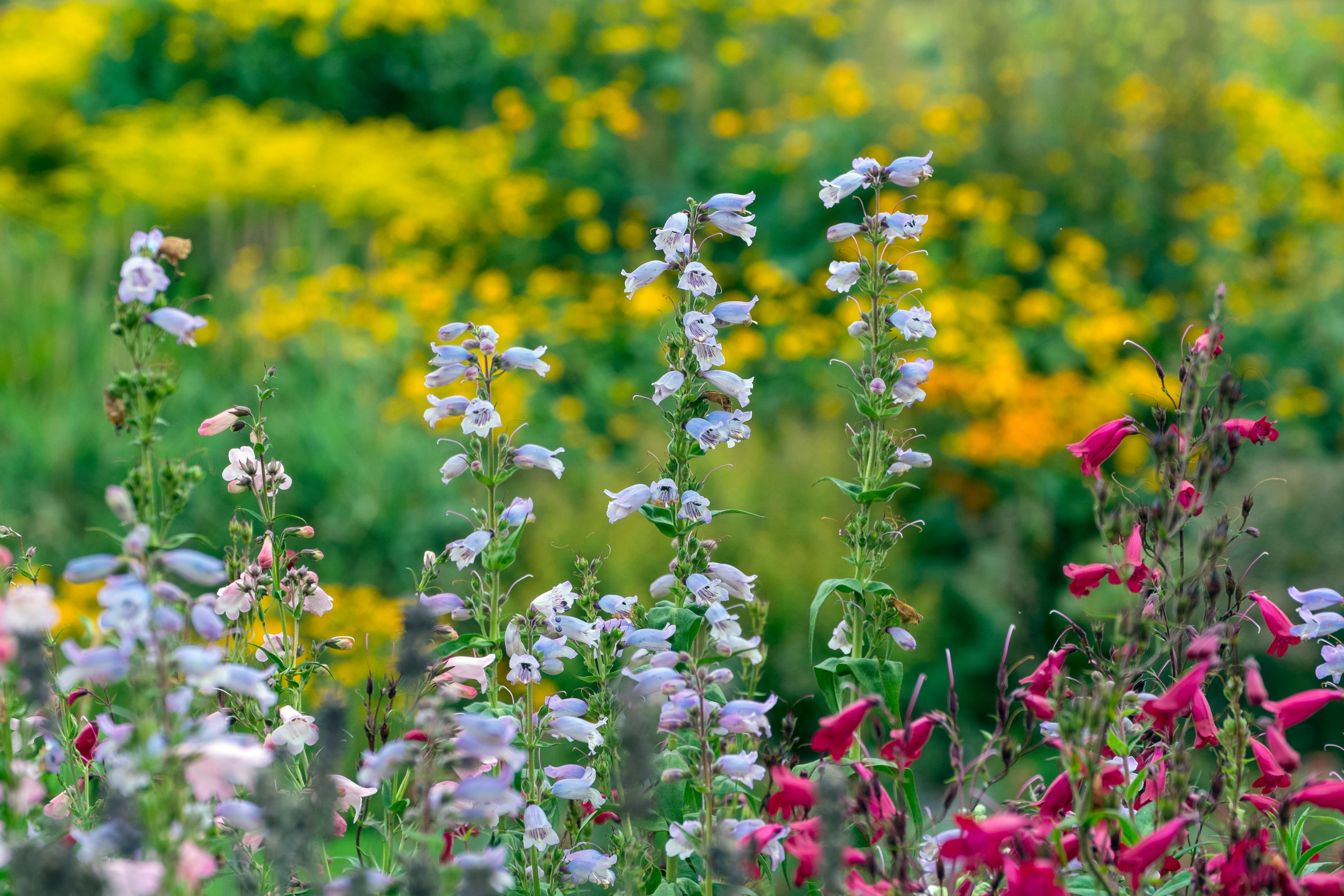
Credit: Gary K Smith / Alamy
Alan Titchmarsh: The ultimate flower for the lazy gardener
Penstemons are easy to grow, hardy, and flower for months — even the slugs don't both them. They might just be
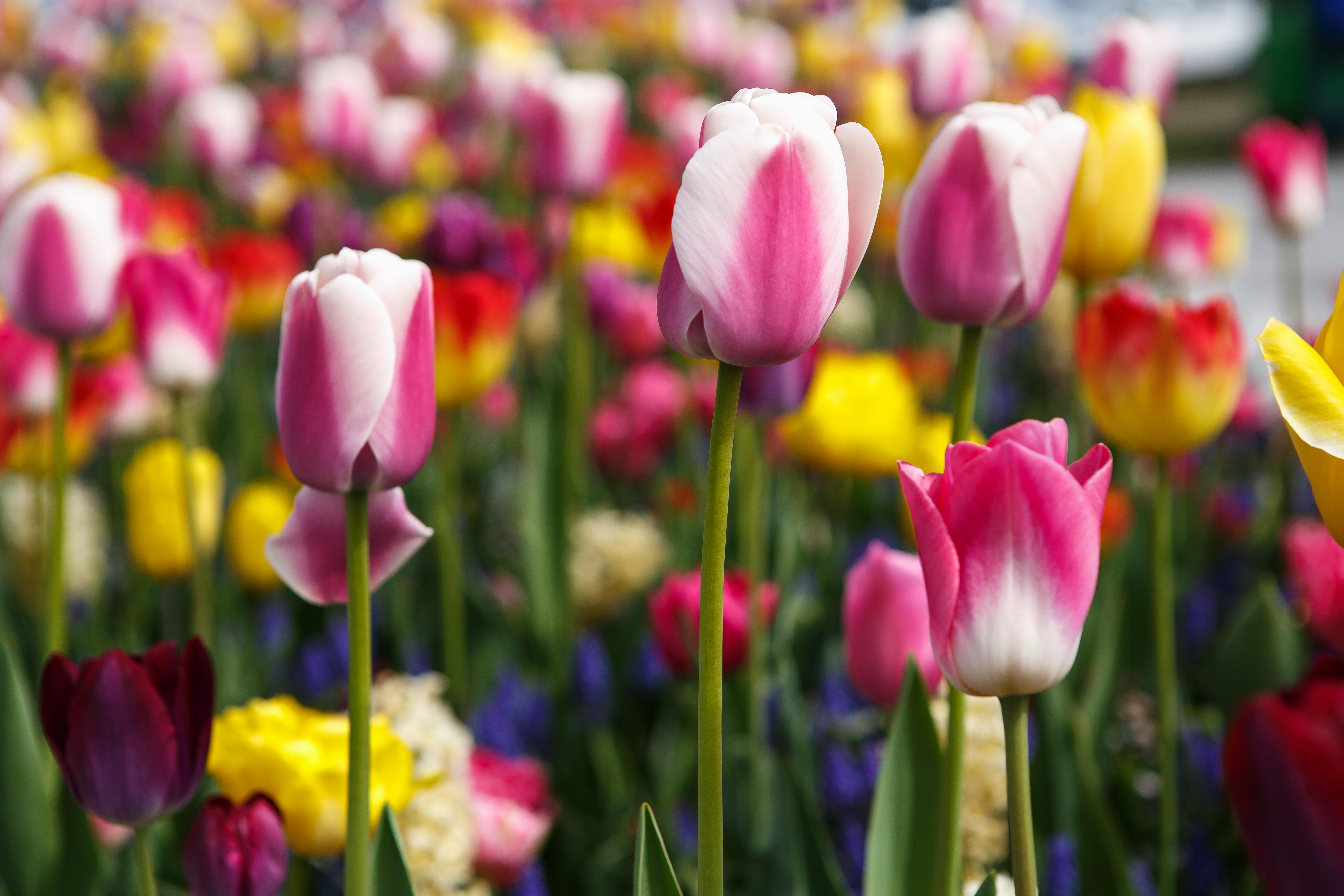
Credit: Alamy
Alan Titchmarsh: The best time of year to plant tulips
Alan Titchmars on planting tulips - and avoiding the grind of removing and storing bulbs every year.
Alan Titchmarsh is a gardener, writer, novelist and broadcaster.
